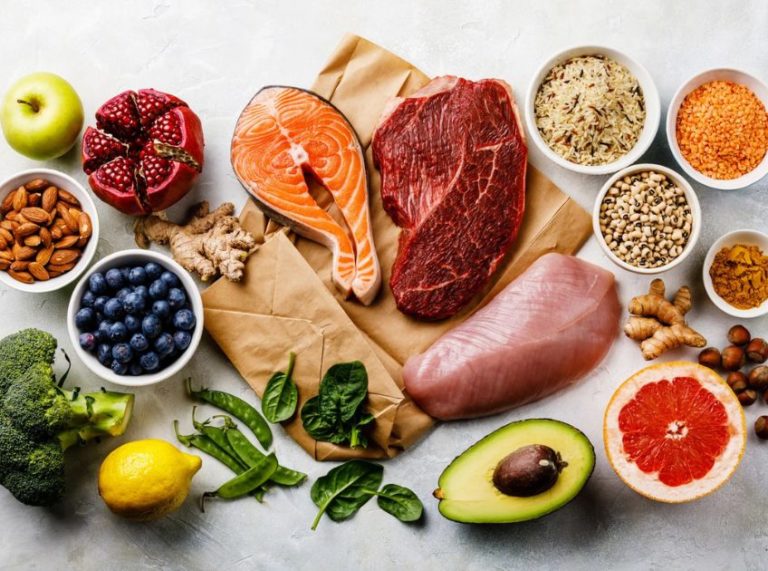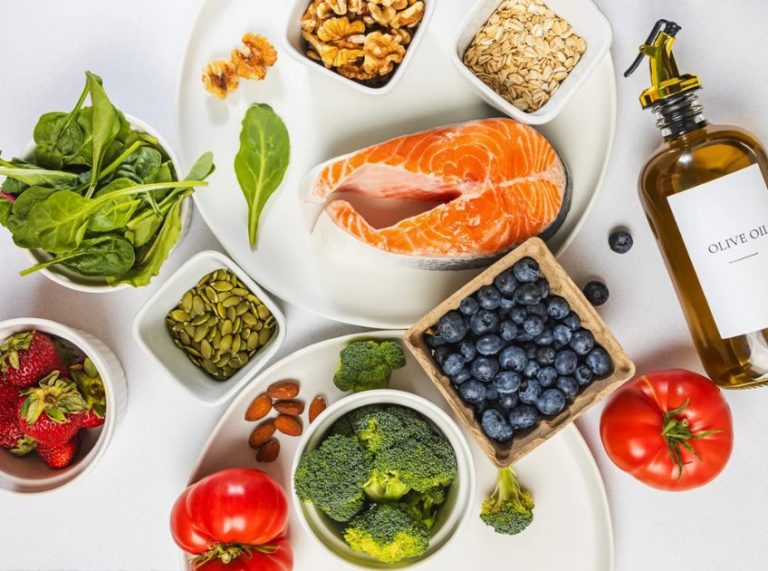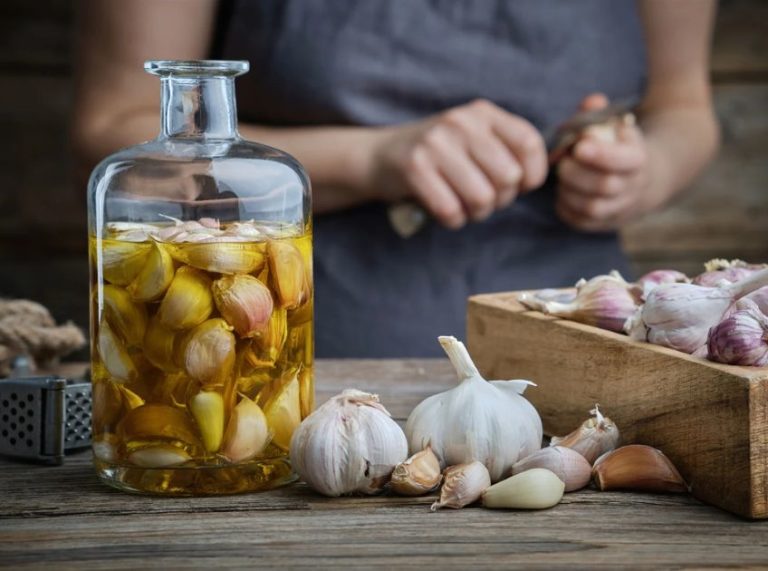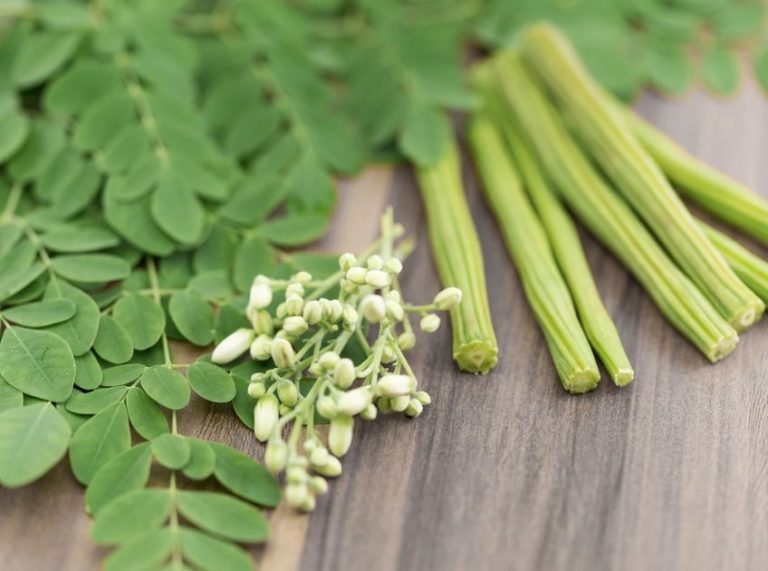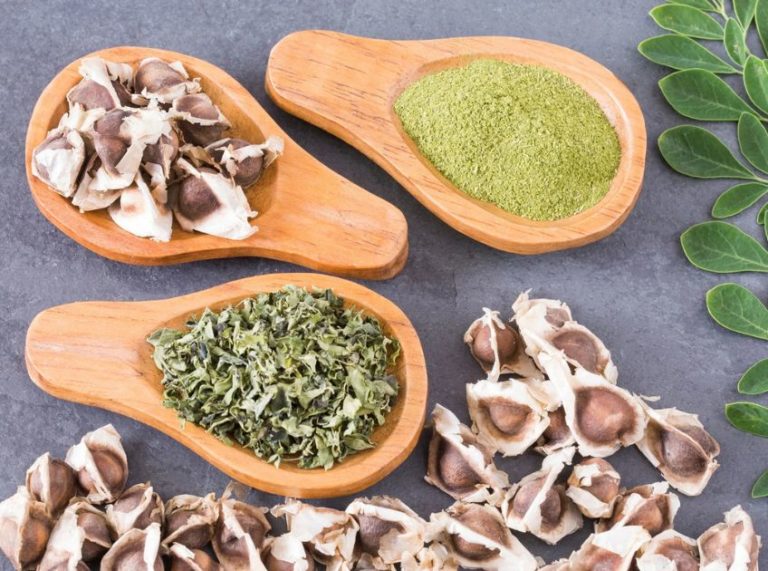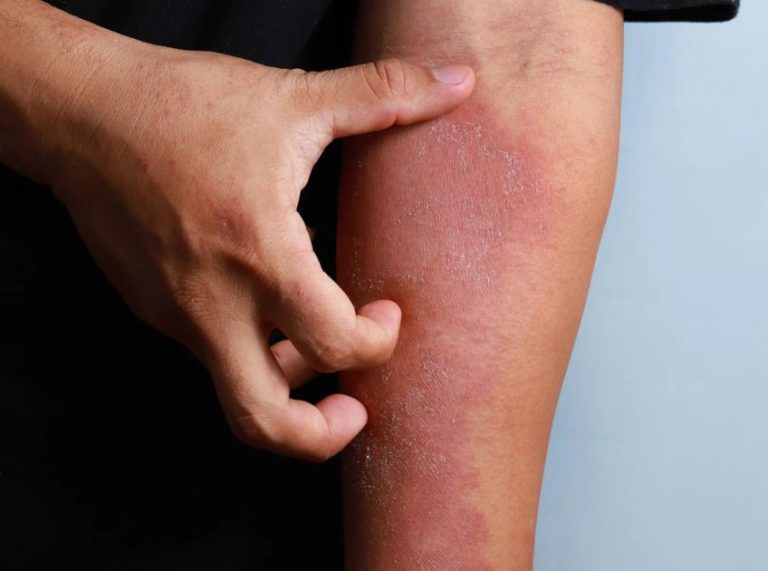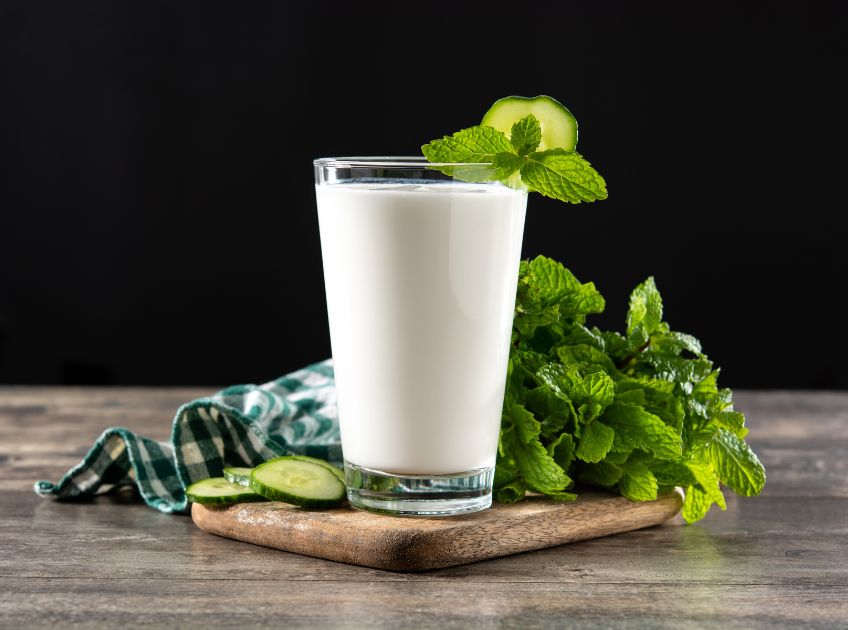
Important: This article is for informational purposes only. Please read our full disclaimer for more details.
Buttermilk is the leftover liquid that remains after straining milk fat during the production of butter. It has a tangy taste and hence it is difficult to tell when it has gone bad. This article explains in detail how long buttermilk lasts and what can be done to make it last longer.
Nutritional Content Of Buttermilk

Buttermilk is a good source of protein and is low in fat. It provides about 8 grams in a single cup measuring 250 ml (1). From making bread to pancakes, buttermilk is widely used in the kitchen due to its high lactic acid content.
There are two types of buttermilk that differ in their method of production- cultured buttermilk and traditional buttermilk. They also vary in their lasting duration.
The cultured buttermilk is made from skim milk with salt, citric acid, and bacterial culture. At the same time, traditional buttermilk is the remaining liquid from cultured butter during the butter-making process.
Cultured buttermilk usually lasts longer than traditional buttermilk due to the heat treatment provided to it so as to kill off the bacteria and have a longer shelf life.
Shelf Life Of Buttermilk
While buying buttermilk, you must check its expiration date. As long as you are using it within that duration, it is safe. However, if you want to use it beyond its expiry date, you need to keep a few things in mind that will help it enhance its shelf life and maintain nutritional goodness.
To consume a safe food item, it is important to keep an eye on its shelf life. The shelf life also ensures that the quality of the product is at its best level.
The shelf life of buttermilk depends on the temperature in which it is kept. It can stay in a frozen state in unopened condition in an airtight container for up to 3 months. Unopened buttermilk can last up to 14 days in the fridge and a bit longer than its expiry date (2).
Opened buttermilk may stay in good condition for up to 3 months in the frozen state while up to 14 days in the refrigerator after opening it up.
Buttermilk consists of diacetyl and lactic acid, both of which contain a buttery and tangy flavor. As time passes, buttermilk sours and the bacteria responsible for the production of diacetyl reduces, resulting in a less flavourful product (3). Hence, it would be best if you used the buttermilk during its shelf life.
How To Make Buttermilk Last Longer?

If you feel that you do not have an immediate requirement for buttermilk, then it is better to freeze it so that it stays in good condition at a later time.
Nevertheless, keep in mind that freezing buttermilk may change the flavor and texture of the buttermilk, and it may not have the original taste. Such frozen buttermilk can be used for baking purposes.
Using buttermilk at its suggested time makes it safe to consume, and reduces the risk of food-borne illness, and ensures that the product tastes good.
In case you decide to freeze the buttermilk, it will be an excellent option to freeze it in its original container. The original packaging helps the buttermilk to expand in the freezer without bursting up the packaging box.
If you have already opened it, a great option to freeze it will be to keep it in a sealed, airtight container.
Sometimes, the buttermilk may spoil before the expiry date due to the following reasons-
- not been appropriately handled
- kept at a high temperature
- left opened unattended
- kept in fluctuating conditions
Therefore, check the storage conditions of the buttermilk to make it last longer.
What To Do With Expired Buttermilk?
Buttermilk could have been mishandled at the store or while shipping, leaving it at room or higher temperature for a long time. In this case, it may go bad earlier than the expected date or even might have spoiled at the purchasing date.
One major factor in purchasing buttermilk is the motive of the purchase. If you want to drink it or use it in cooked or uncooked dishes then use the freshly made buttermilk.
Once the buttermilk stales, it thickens and loses its buttery flavor. At such times, it can be used for baking and meat tenderizing, depending on its acid qualities.
In case you notice a change in the smell, flavor, or look of the buttermilk, it is better to discard it.
How To Tell If Buttermilk Is Bad?
Buttermilk has lactic acid-producing probiotic culture that keeps it fermenting even while it is in the refrigerator (4). This makes it lose its buttery flavor. If the buttermilk has not been used for a long time, is chunky, can’t be poured, or has visible mold and strong sour smell, do not use it.
Such buttermilk may result in acidity and stomach pain.
How To Store Buttermilk Safely?
If you are not planning to use the buttermilk any time soon, then you need to store it properly. Keep the following points in mind during storage to avoid introducing bacteria, yeast, and mold to the buttermilk:
- Keep unused buttermilk in the refrigerator
- Use good hygiene while opening the carton
- While pouring from the carton, keep your fingers away from the lip of the carton.
- Do not drink straight from the carton
- If planning to use after a very long time, freeze the buttermilk
Another available option is powdered buttermilk that can be prepared by dissolving in water whenever you need it. It has a longer shelf life at room temperature.
Conclusion
If you wonder how long buttermilk lasts, know that it depends upon various factors, like processing method, expiry date, exposure to light and heat, and storage conditions.
Buttermilk can last longer than the expiry date if it is unopened and may last even longer upon freezing. The opened buttermilk can stay up to 2 days in natural condition and up to 14 days in the fridge, if opened.
However, it will be good to use it before its expiry date and as soon as possible to have a great taste.
Related Articles
- How to Straighten Hair with Coconut Milk
- How to Straighten Hair Naturally with Milk?
- 12 Beauty Benefits of Coconut Milk for Skin and Hair
- Top 9 Benefits Of Milk Thistle For Skin, Hair And Health

